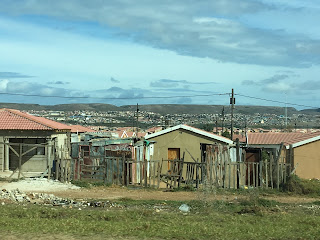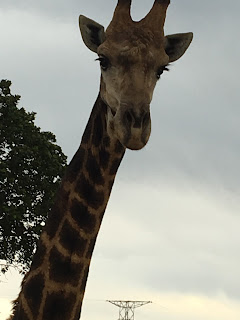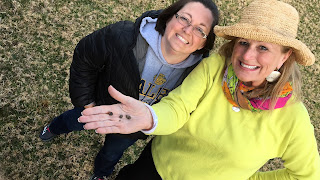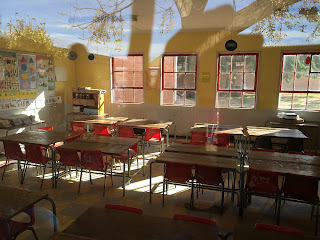South Africa is home to some very inspirational people. Nelson Mandela by far being one of those most famous people. We visited Donkin Reserve which is home to beautiful metal cut-outs that depict a voting line. Nelson Mandela is leading the line, symbolic of his role in leading South Africa out of apartheid into a democratic government. Our tour guide introduced us to his granddaughter (depicted in one of the pictures) whom was held by Nelson Mandela as a baby.
The history behind the creation of Donkin Reserve is rooted in a touching love story of a broken heart. Many people believe that Port Elizabeth was named for Queen Elizabeth which is a misconception. Port Elizabeth was named after Elizabeth Donkin, wife to Sir Rufane Donkin the acting governor of the unnamed town. Rufane and Elizabeth, following tradition, were joined by an arranged marriage. However, they both feel deeply in love with each other. Usually, the wives of upper class military men stayed behind during their assignments but Elizabeth desired to accompany Rufane. Elizabeth died in India after giving birth to their only son. Sir Donkin was devastated with grief and took leave from his military position to overcome his broken heart. He eventually accepted the position of first governor of the town. He requested that his soldiers build a pyramid at the top of the harbor to honor his dead wife and the town was given her name. Elizabeth was buried in India but Sir Donkin had her heart embalmed with him which he was buried with upon his suicide in 1841.
A message from Sir Donkin was placed on the pyramid to honor his wife, "In the memory of one of the most perfect of human beings who has given her name to the name to the town below."
Being a pure romantic at heart, the story of how Port Elizabeth got its name was truly endearing and touching to me.





























































